
The OnePlus 8T is probably the best OnePlus smartphone to date in a number of key areas. It also falters in a few, simply to justify the existence of the OnePlus 8 Pro.
We’ve seen the once plucky upstart grow up and become a reasonably big player within the smartphone market in recent years – especially in India – but a move into the “big leagues” in many ways exposes the issues that OnePlus smartphones suffer from, more so than their similarly priced (and specced) competition.
In the early years of OnePlus, the “Never Settle” mantra was an exceptional way to push the all-action affordable Android agenda ahead of other more pricey competitors. Why should you pay so much for the same internals and suffer such bloatware?
As we’ve seen Android develop and, therefore, OnePlus establish itself as a mainstay in the industry, corner cutting has — to an extent — become far more pronounced. New affordable challengers have emerged, and the benchmark for what makes a solid smartphone experience has changed as performance levels have plateaued in recent years. It makes the OnePlus 8T a very different proposition even from the 7T from last year, just where does this leave the new device?
Video — OnePlus 8T review
Subscribe to 9to5Google on YouTube for more videos
The OnePlus 8T suffers greatly from the same issues as its predecessor “T” series hardware. It’s a great, borderline brilliant smartphone, but it doesn’t quite do enough to justify its existence. Meaningful gains are becoming harder and harder to make in six-month increments, especially when the OnePlus 8 Pro — and likely the soon-to-be OnePlus 9 Pro — looms large.
Hardware and design
Old, new, borrowed… from who?
Taking a look at the OnePlus 8T, it could honestly be any device lifted from the parts bin at parent company BBK. It’s the first time for a long time that there doesn’t appear to be any real design differentiator between a OnePlus-branded smartphone and that of stablemates Oppo or Realme.
As uninspiring as the rear panel is, it also feels very Samsung-like in its execution — which extends to OxygenOS 11.0, which we’ll discuss later on. The camera array looks very like the rest of the industry. The centrally placed camera looks like it will be disappearing. This shunts the OnePlus 8T into a pack of samey-looking smartphones and does feel like a step away from the established look and feel we’ve come to know and love the firm for in recent years.
Although samey look aside, a flat front and softly curved back is a perfect combination, especially given the large scale of this device. I found the 8T has a nice balance and weight in the hand. The matte textured glass finish is another excellent aspect of the design that is only bettered by very few smartphones on the market.
Display
As good as it gets

The 120Hz FHD+ AMOLED panel on the 8T is my favorite on a OnePlus device to date. Note how I say this isn’t the “best,” as that honor still belongs to the OnePlus 8 Pro. Curved displays may look better from afar, but a flat display is far easier to use and interact with.
Having a large flat, high refresh rate display is as good as I have used. Viewing angles are excellent, the maximum brightness is also similarly impressive — even in bright, direct sunlight. Blacks are deep, colors are vibrant, and the new adaptive auto-brightness seems to work very well.
I would love to see OnePlus attempt to push uniform bezels on upcoming devices, as having spent an extensive amount of time with the Pixel 5 now, I really do want to see such a good display with uniform bezels on all sides. It’s a minor nitpick on an otherwise exceptional smartphone display.
Those also worried about green-tint or color-shift problems seen on recent OnePlus devices, you can rest easy. I have yet to see any issues on my own unit.
Software and performance
Hints of the competition

So often a win for OnePlus, OxygenOS 11.0 in isolation is not a bad third-party Android skin. However, this is a huge step away from the “clean” Android that is arguably the best alternative to Pixel Experience and Android One. This is the biggest change for OxygenOS arguably in its entire existence. To put it politely, it is very “different.”
I mean that in a good way in most areas. There is admittedly no major bloat and everything is smooth and consistent between apps, menus, and the main system. OxygenOS feels more aligned with Oppo’s ColorOS than ever before, this will undoubtedly mean that for many people, Android 11 is a no-go on their devices.
This is just a lick of new paint over the system you’ve come to know and love. I can only assume it’s a way to give OxygenOS some sort of clear identity. What I mean by that is that unless you are a tech enthusiast, it’s hard to see the clear separation between third-party Android skins without major identifiable alterations. It’s likely why we see such over-the-top One UI interface changes when compared with the so-called “stock” Android flavor.
For some reason, OnePlus has decided that OxygenOS 11.0 needs to be more like One UI — even to the point that app layouts seem almost identical. The aesthetics are sensible given the large display size on the OnePlus 8T, though, as reachability is a core component of the latest OS update. While that is a bonus, it makes it hard not to draw comparisons and makes OxygenOS 11.0 feel like an imitation or knock-off of One UI.
I can’t fault the performance levels, which are up to the usual OnePlus high standards. The Qualcomm Snapdragon 865 chipset and at least 8GB of RAM are a perfect pairing for high daily performance levels. There is nothing you’ll throw at this package and have problems with. Although, I did see some very minor system stutters when rendering out a 4K 60fps video clip in Adobe Premiere Rush a couple of times.
Notifications still need some serious work, though. Although admittedly you might not see this as a major issue, sometimes notifications can arrive 10 minutes later than other devices running effectively the same core OS. I have no idea why this is the case, but it has long been a complaint from OnePlus fans and owners.
Haptics
The haptics are genuinely superb on the OnePlus 8T this time around. They are definitely among the top 3 on Android along with the OnePlus 8 Pro, Find X2 Pro, and last year’s Pixel 4 series. If you value rumbles when typing, tapping or swiping, then the 8T is excellent in this area.
Speakers
Audio is reasonably solid on the OnePlus 8T with a stereo sound profile being provided by the downward-firing speakers and the earpiece. The device has a great maximum volume level that introduces zero distortion, but the sound profile is a little flat – especially with regards to bass.
Fingerprint scanner
The optical fingerprint scanner is still as far and accurate on the OnePlus 8T as it has been since the OnePlus 7 Pro series. As far as in-display readers go, OnePlus has easily the best implementation by far.
Camera
Same old processing problems

Round back there is a domino camera array that consists of a 48-megapixel sensor, 16-megapixel ultra-wide, 5-megapixel macro, and 2-megapixel monochrome sensor. It’s a reasonably solid mix, but swapping out that macro camera for a telephoto lens would be a far better decision.
I love the camera experience on the OnePlus 8T, especially the app layout and organization. While it’s brilliant for accessibility the same problems with image processing remain yet again on the OnePlus 8T. This is a capable set of sensors but the post-processing or over-processing of images is why I feel like I can’t always rely on the OnePlus 8T camera every single time.
When switching between lenses and focal lengths, the variation can be huge. White balance alters drastically, and it actively makes me not want to use the camera setup at all. Oh, and that isn’t even mentioning the lens flares. I’m not sure if this is just limited to my device, but as soon as lighting gets challenging, bam, lens flare.
In normal lighting conditions, images are perfectly acceptable. They have reasonably dynamic range, good contrast, and plenty of detail at the main wide focal length. Punch in and you might start to see some of that now trademark watercolor effect. It even affects the night-shooting Nightscape mode, which at times can be excellent but most of the time is fairly average.
We need to see some more work put into the post-processing on future OnePlus devices as it feels as though the 8T is close to greatness in most cases.
Battery
Long lasting, battery blasting
Battery life on the OnePlus 8T proves to be a major highlight. The 65W charging is also stupidly fast, and if you loved Warp Charge 30T, then you’ll adore the ability to go from 0 to 100% in well under an hour. But would I trade this for wireless charging? I think I probably would.
I’ve slowly started dotting wireless chargers around my house, and the OnePlus Warp Wireless charger sits empty while using the 8T. As a so-called “premium” device, all mainline and T series should be coming with the feature by this stage of 2020. It’s becoming a more glaring omission with each release.
Gripes aside, I regularly see six hours of screen on time when using the 8T. I’m sure you could push it further by lowering the display refresh rate and making some savings elsewhere but I’m happy with that kind of figure on a daily basis. Just what the 65W fast charging will do the battery long term is another question entirely, though.
Final thoughts
Don’t settle
Let’s make it clear, the OnePlus 8T is a great device that provides exceptional bang for your buck. But, and there is a big “but” here, it’s quite a boring update to the standard OnePlus 8. The charging, software, and the excellent display are the major new additions of note. The rest is a stride through the same pastures that mainline OnePlus devices have been wading through since the distinctly mediocre OnePlus 7 released.
If I’m completely honest, the OnePlus 8T in isolation is a brilliant, borderline excellent smartphone. The big red checkmark against the camera is probably the only thing I can actively point toward to truly knock the entire package. But, and there is another “but,” the OnePlus 8 Pro is still an exponentially better buy.
It has a better camera, arguably better albeit curved display, wireless charging, slightly more impressive overall design, same chipset, IP68 rating, plus slightly nicer color options. The OnePlus 8T is in an odd middle ground that, yes, is a better buy than the standard OnePlus 8 but doesn’t carve out a market for itself quite as well. The OnePlus 8 series has been available for a while if you were looking to pick one up, then you maybe already have.
A six-month release cycle is making it harder to see major gains save in small areas. If the Pro series of OnePlus devices is truly here to stay, maybe a once-yearly release cycle needs to be adhered to long term as the company grapples with mainstream attention and ownership separation.
As it stands, the OnePlus 8T still remains a good smartphone released at a weird time. Maybe we’ll see another complete overhaul in time for the OnePlus 9 series, but until then, the best that the firm has made thus far remains the OnePlus 8 Pro.
More on OnePlus:
- OxygenOS 10.5.9 rolls out for OnePlus Nord w/ October patch, new Fnatic mode tweaks, more
- OnePlus Watch should have been released this month, but has apparently been delayed
- OnePlus Nord N10 5G and N100 start at £179, will come to the US, ship w/ Android 10
FTC: We use income earning auto affiliate links. More.
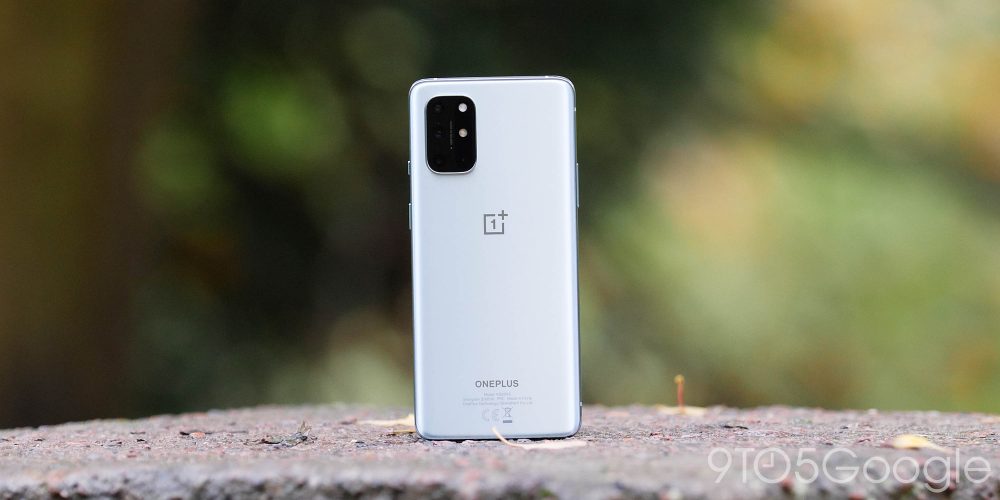
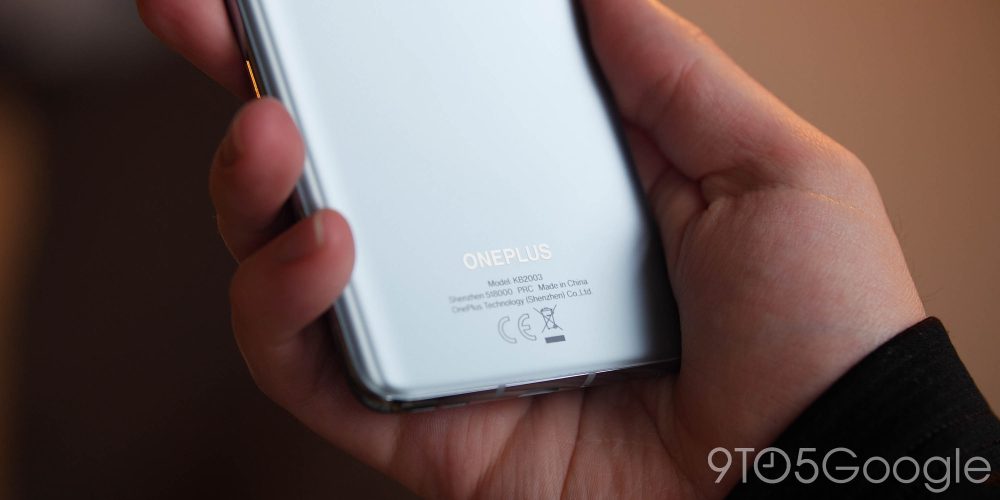




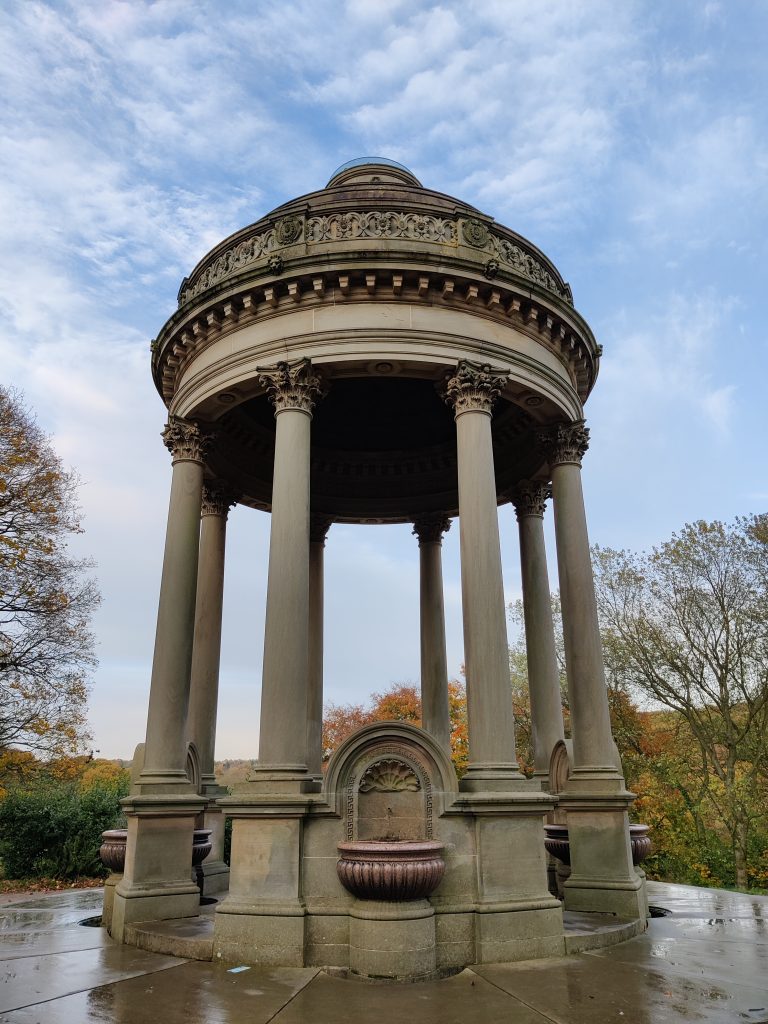






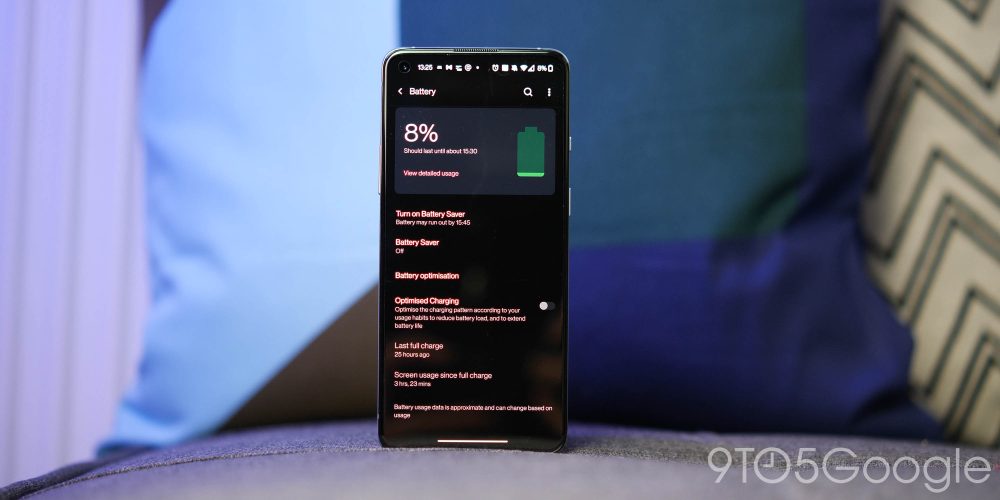

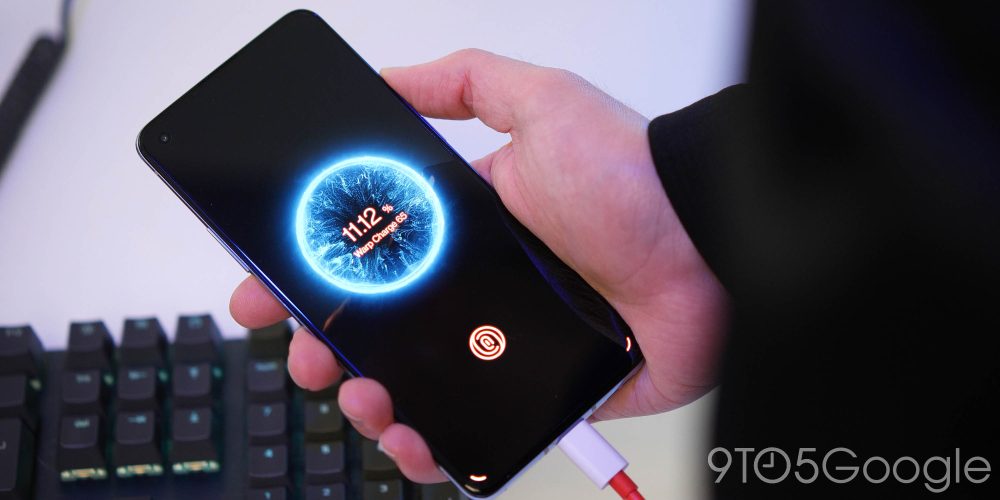



Comments